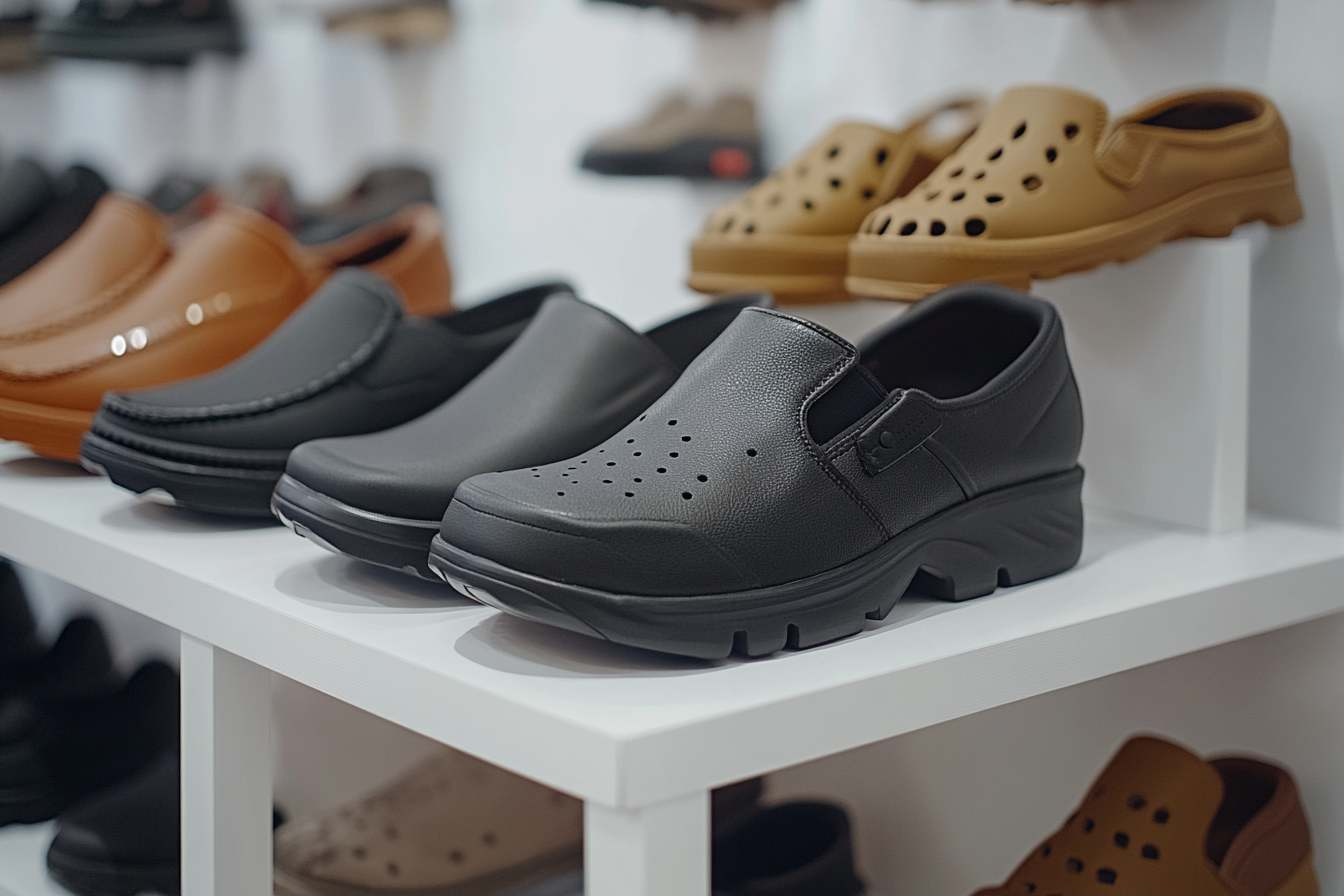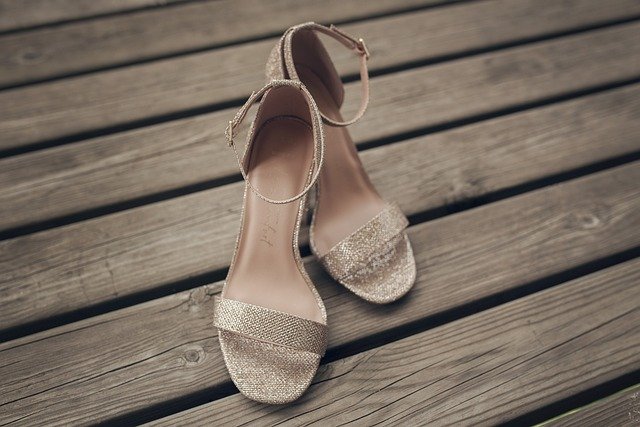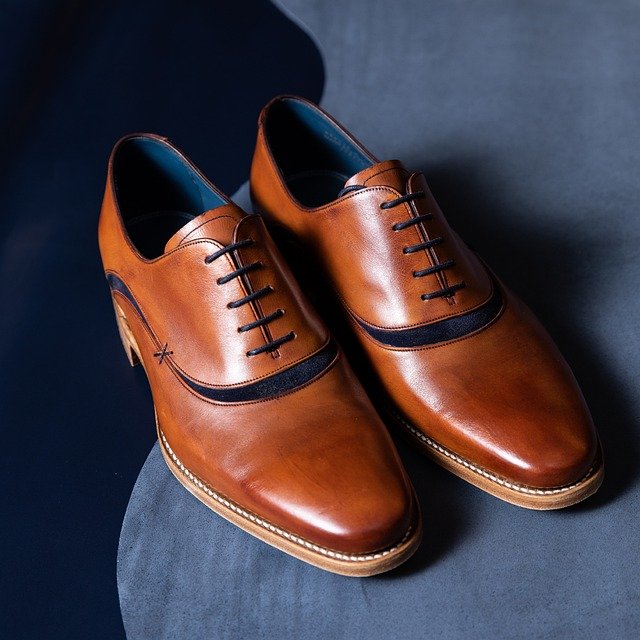The Complete Guide to Shoes & Footwear: Fit, Materials, and Care
Selecting the right footwear involves more than just picking a style that catches your eye. From understanding sizing nuances to evaluating support features, footwear choices significantly impact your daily comfort and long-term foot health. Whether you're looking for everyday shoes, athletic performance footwear, or special occasion options, knowing the fundamentals of proper fit, materials, and maintenance can transform your footwear experience.

Footwear serves as the foundation for our daily activities, providing protection, support, and style as we navigate the world. The right pair of shoes can enhance performance, prevent injuries, and complement our personal aesthetic, while ill-fitting or poorly constructed options can lead to discomfort and potential health issues. Understanding the key elements that make up quality footwear—from sizing considerations to material choices and structural support—empowers consumers to make informed decisions that benefit both their feet and the environment.
Finding the Perfect Fit: Sizing, Width, and Comfort
The journey to comfortable footwear begins with proper sizing, which extends beyond the simple numerical measurement most consumers know. Foot length is just one dimension; width designations (ranging from narrow/AA to extra-wide/EE) play an equally crucial role in achieving a proper fit. Many people unknowingly wear the wrong size, particularly because sizing can vary significantly between brands and even between different styles from the same manufacturer.
When trying on shoes, allow approximately a half-inch of space between your longest toe and the shoe’s end. The widest part of your foot should align with the widest part of the shoe, and the heel should fit snugly without slipping. Remember that feet tend to swell throughout the day, so afternoon fittings generally provide the most accurate sizing experience. Many podiatrists recommend having both feet measured professionally, as asymmetry between feet is common.
Materials & Sustainability: Leather Alternatives, Recycled Soles, and Breathability
The footwear industry has evolved significantly in its material approaches, balancing performance requirements with growing environmental concerns. Traditional leather, while durable and naturally breathable, has been joined by numerous alternatives that address ethical and sustainability considerations. Plant-based leather alternatives derived from mushrooms, pineapple leaves (Piñatex), and apple peels offer similar aesthetic qualities with reduced environmental impact.
Recycled materials have revolutionized sole production, with brands incorporating reclaimed ocean plastic, recycled rubber from tires, and repurposed EVA foam into their designs. These innovations not only divert waste from landfills but often maintain or improve upon performance characteristics. Breathability—a crucial factor in footwear comfort—has been enhanced through engineered mesh fabrics, perforated materials, and moisture-wicking linings that help regulate temperature and reduce odor-causing bacteria.
Support & Soles: Arch Support, Cushioning, and Traction Explained
Proper foot support forms the cornerstone of healthy footwear design, with arch support being particularly critical. The human foot contains three primary arch types—neutral, high, and flat—each requiring different levels of support. Shoes with appropriate arch support help distribute weight evenly across the foot, potentially reducing fatigue and preventing conditions like plantar fasciitis and overpronation.
Cushioning technology has advanced substantially, moving beyond simple foam padding to include responsive materials that absorb impact while returning energy to the wearer. Materials like EVA (ethylene vinyl acetate) provide lightweight cushioning, while polyurethane offers greater durability. Specialized cushioning zones target high-pressure areas of the foot during specific activities. Traction patterns vary significantly based on intended use, with deeper lugs for trail shoes, siping patterns for wet conditions, and specialized rubber compounds that balance grip with durability for various surfaces.
Durability, Care & Longevity: What to Expect and How to Maintain
Quality footwear represents a significant investment, and proper maintenance can substantially extend its lifespan. Different materials demand specific care approaches: leather benefits from regular conditioning and protective sprays, while synthetic materials often require gentle cleaning with mild soap solutions. Rotation between multiple pairs allows shoes adequate time to dry completely between wears, preventing premature breakdown of cushioning and supporting materials.
Storage practices significantly impact longevity—shoes should be kept in cool, dry environments away from direct sunlight, which can degrade materials and adhesives. Using shoe trees helps maintain shape and absorb moisture, particularly for leather footwear. Most quality shoes can be resoled when the outsole wears down, substantially extending their useful life while reducing environmental impact. Signs that indicate replacement include visible midsole compression, uneven wear patterns, or structural damage that compromises support.
Practical Tips, Honest Reviews & Styling Ideas for Everyday Wear
When evaluating footwear options, consumer reviews provide valuable insights beyond manufacturer claims, particularly regarding fit consistency, comfort during extended wear, and durability over time. Look for reviews from users with similar foot characteristics and intended uses, and pay attention to comments about break-in periods, which can vary dramatically between styles and materials.
Versatility in styling represents another consideration for maximizing footwear value. Classic designs in neutral colors typically offer the greatest styling flexibility, while statement shoes in bold colors or unique designs might provide less frequent wear opportunities. For everyday footwear, consider the 80/20 rule—investing more in the shoes you’ll wear 80% of the time ensures comfort and durability where it matters most.
| Footwear Type | Best For | Key Features to Look For | Average Lifespan |
|---|---|---|---|
| Athletic Shoes | Running, sports, casual wear | Breathable upper, appropriate cushioning, activity-specific support | 300-500 miles or 6-8 months of regular use |
| Casual Leather Shoes | Office wear, everyday use | Full-grain leather, Goodyear welt construction, cork footbed | 3-5 years with proper care |
| Hiking Boots | Trail walking, outdoor activities | Waterproof membranes, ankle support, aggressive traction | 500-1000 miles depending on terrain |
| Dress Shoes | Formal occasions, professional settings | Quality construction, leather soles, proper fit | 5-10 years with resoling and maintenance |
Prices, rates, or cost estimates mentioned in this article are based on the latest available information but may change over time. Independent research is advised before making financial decisions.
Specialized Footwear Considerations for Different Needs
Certain health conditions and specific activities require specialized footwear considerations. People with diabetes benefit from seamless interiors and extra depth to accommodate potential foot changes, while those with plantar fasciitis need enhanced arch support and cushioned heels. Athletic footwear has become increasingly specialized, with running shoes designed differently for neutral runners versus those who overpronate, and court shoes offering lateral stability for multidirectional movements.
Occupational requirements also drive footwear design, with safety features like steel toes, puncture-resistant soles, and slip-resistant treads protecting workers in various industries. The growing field of therapeutic and orthopedic footwear addresses specific medical needs while increasingly incorporating fashionable elements, eliminating the institutional look that once characterized these specialized options. Understanding these specialized requirements helps consumers select footwear that addresses their unique circumstances rather than settling for generic options that may exacerbate problems.
Ultimately, footwear selection represents a balance between functional requirements, aesthetic preferences, and budgetary considerations. By understanding the fundamental aspects of fit, materials, support, and maintenance, consumers can make informed choices that serve their feet well for years to come.




